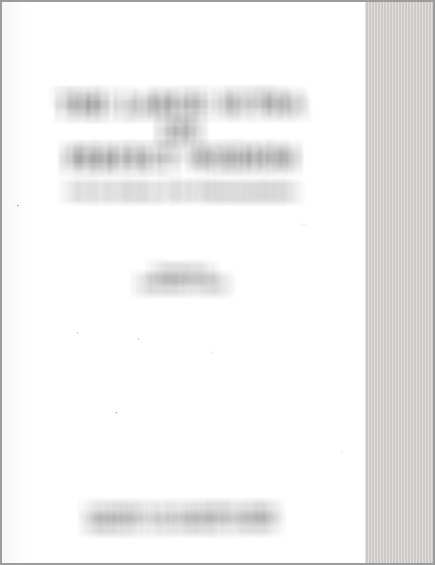Triveni Journal
1927 | 11,233,916 words
Triveni is a journal dedicated to ancient Indian culture, history, philosophy, art, spirituality, music and all sorts of literature. Triveni was founded at Madras in 1927 and since that time various authors have donated their creativity in the form of articles, covering many aspects of public life....
Dr. K. L. Rao’s name became familiar to me when I used his text book on reinforced concrete as an engineering student. It was a great book, written when he was a Senior Lecturer at Loughborough University in England and most students admired its clarity in explaining complex concrete design concepts. One of the impressive things was a foot note in the book which stated “the author does not agree with these results”. Obviously, these results were supposedly well-established by previous researchers. Because of the book, we all assumed that Dr. Rao’s expertise was in the area of reinforced concrete. That perception was quickly changed when I started working as a Design Assistant in the Central Water and Power Commission (CWPC) in New Delhi in 1956. At that time, Dr. Rao, a Member of the Central Water and Power Commission, was directing the design of Nagarjuna Sagar Dam project. I soon realized that he was one of the greatest hydraulic engineers in the world and we were lucky to have somebody of his caliber.
The project was unique in many ways. The 400-foot high gravity dam was designed to be built in masonry rather than in concrete. This was aimed at saving the foreign exchange required in importing the heavy batch plant and conveyor equipment necessary to the construction of concrete dams. In addition, the construction could be accomplished with local materials and labor. Dr. Rao was very passionate about the project and his passion rubbed off on all of us. There were many Andhra engineers working at CWPC and all of us took a special pride in the opportunity to participate in its design. Dr. Rao was very simple and unassuming. He treated everybody with kindness and affection.
He and Mrs. Rao were very active in the Delhi Andhra Association and helped in organizing many events. He was a great inspiration to everybody. Having left India in the
1960s, I never got an opportunity to view the completed project until 2003 when I came to Osmania University as a visiting professor. The dam and the surroundings were breathtaking. It reminded me of great dams like the Aswan Dam in Egypt and the Hoover Dam in the U.S.A. The Nagarjunasagar Dam project is no doubt a great shrine and worthy testament to the genius of Dr. K. L. Rao. All Indians should be proud of his great accomplishments and engineering contributions to India.
*
NO CRONYISM
Let us take a good example to illustrate the strength of character and fearless fair mindedness. Thomas Cecil Hunt (1901-1980) was a consultant to Mr. Winston Churchill (Prime Minister) before the second world war. One day Dr. Hunt was asked to see Mr. Churchill at 4.30 p.m. which he promptly refused as he had already an earlier appointment. Churchill was dissatisfied with him and eventually chose Lord Moran as his personal physician. Again when Dr. Hunt was asked to decide whether or not Mr. Anthony Eden’s health was robust enough for him to remain as prime minister, his answer was a regretful but entirely firm “NO”. Such was his independence and love of truth.
